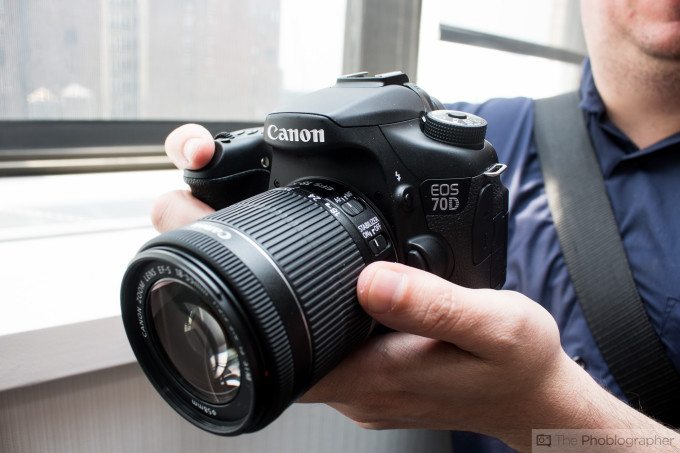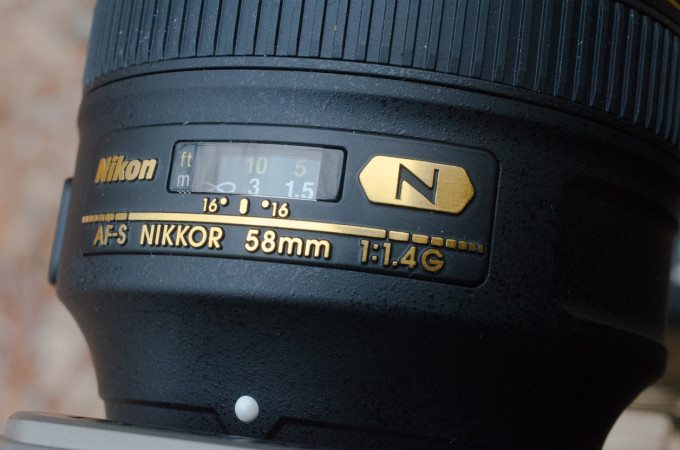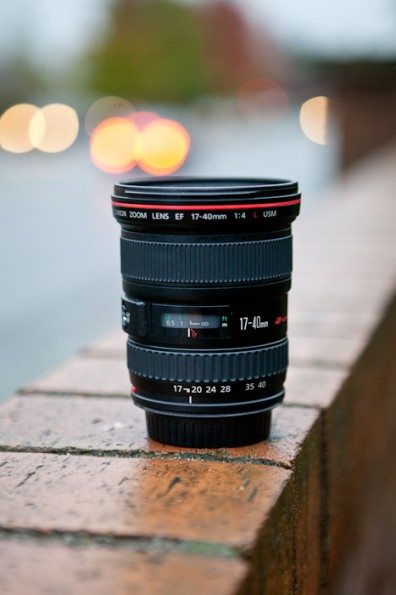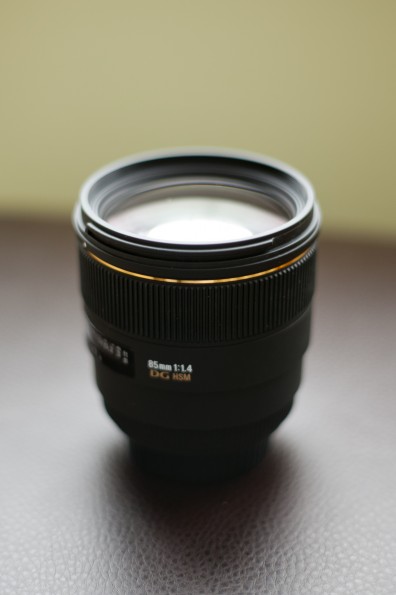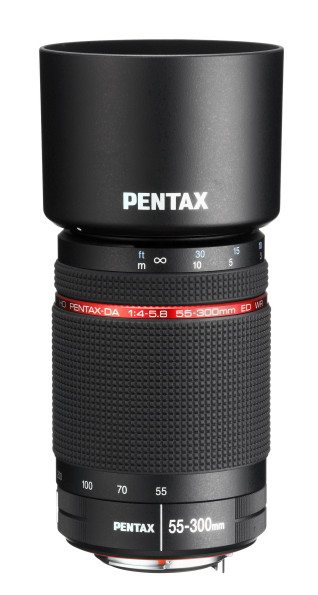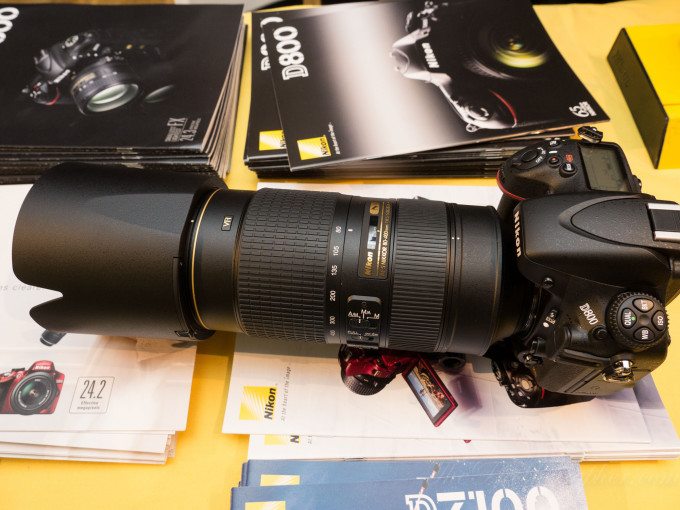You’ve bought your first camera and now you have some good shooting time beneath your belt. You’re waiting to move beyond that kit lens and there is some money burning your pocket, begging to be spent on new glass.
When I’m asked for advice on what a photographer’s next lens should be, my response is usually, “What do you like to shoot?” The answer to this is the best way to determine what the next lens should be. With that in mind, here are my recommendations for the lenses which should follow your kit lens.
Low Light Shooting
Low light shooting including shooting indoors at home or venues when you can’t use flash demand a fast lens with an aperture of f/2.8 or faster. My suggestion is a fast normal lens such as a 50mm f1.4 on a full frame camera or a 35mm f1.4 for a camera with an APS-sized sensor. These small compact lenses provide the light gathering capability you’ll need for shooting under extreme low light without necessarily having to increase your ISO to nosebleed levels.
Landscape Photography
Landscape photography demands an expansive view, which not only allows more things in the frame, but that allows you to include foreground elements in the frame and keep them sharp. As many kit lenses begin around 24mm or 28mm, you’ll need something wider. A good choice would be a 16-35mm or 17-40mm for a full camera or a 10-24mm for an APS-sized sensor camera. This expansive field of view will definitely provide you the opportunity for expansive compositions.
Portraits
Though some kit lens provide a focal length of 70mm or 80mm in their focal length range, a fixed focal length may be the next best lens for you. A fast version of this lens such as an 85mm f1.8 or 85mm f1.4 will provide you an ideal portrait focal length with a wide aperture. This wide aperture not only allows you to photograph under low light without the need for flash, but it also helps you to blur the background. Whether it’s a headshot or a full-body shot, the look of these images can look some like of the best photographs seen in today’s fashion magazines.
Sports and Action
When it comes to capturing action, you are usually shooting at a distance and you need a focal length that is far longer than what you have with your kit lens. To fill up the frame with the athlete, you want to look at a long focal length range such as the 75-300mm for a full-frame camera or a 55-300mm for an APS sized sensor.
Wildlife
If you are passionate about photographing wildlife, you need a very high magnification. You don’t want to distress the animal by getting to up close with a wide angle lens. A lens like a 80-400mm or a 150-500mm lens is good for both full-frame and APS-sized sensors. For the APS-type camera, you have the benefit of the 1.5x or 1.6x magnification factor which will allow your lens to perform at a longer focal length lens.


